Space Technology Hall of Fame
Medicine
Apollo 70 Cardiac Care Monitoring System
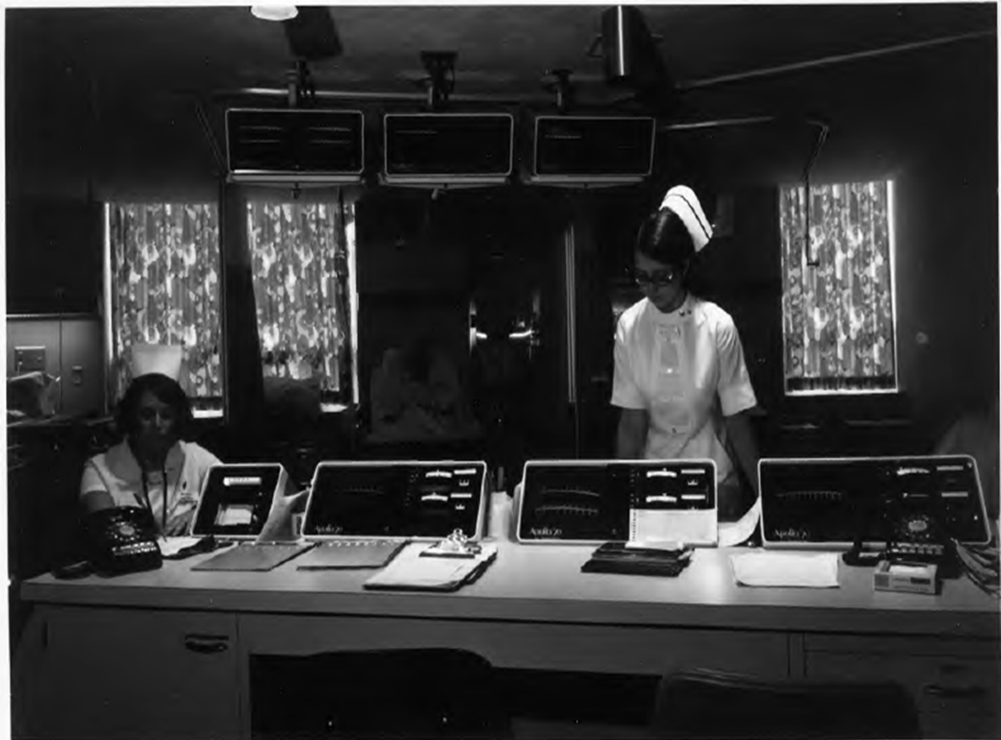
Founded in 1958, Spacelabs Healthcare approached NASA with their concept of a real-time system for monitoring astronauts’ vital signs while in orbit, including a telemetry system to simultaneously transmit the data back to Earth. From 1962 to 1967, Spacelabs was awarded NASA and Air Force contracts to develop this system, which was first used by…
Programmable Implantable Medication System
A family of biomedical implantable devices have been developed over the past decade which are based on a wide array of space technologies, including battery advances, miniaturized circuitry, digital telemetry, and electronic sensing systems. The initial device was the rechargeable cardiac pacemaker, but many more continue to be developed that significantly aid health maintenance. A…
Automatic Implantable Cardiovertor Defibrillator
Sudden cardiac death (SCD) takes the lives of nearly a half million Americans each year. Some 80 percent die before medical help arrives and those who survive have faced a two-year heart attack recurrence rate as high as 55 percent. The Automatic Implantable Cardiovertor Defibrillator (AICD) gave new hope to these victims by lowering the…
Physiological Monitoring Instrumentation
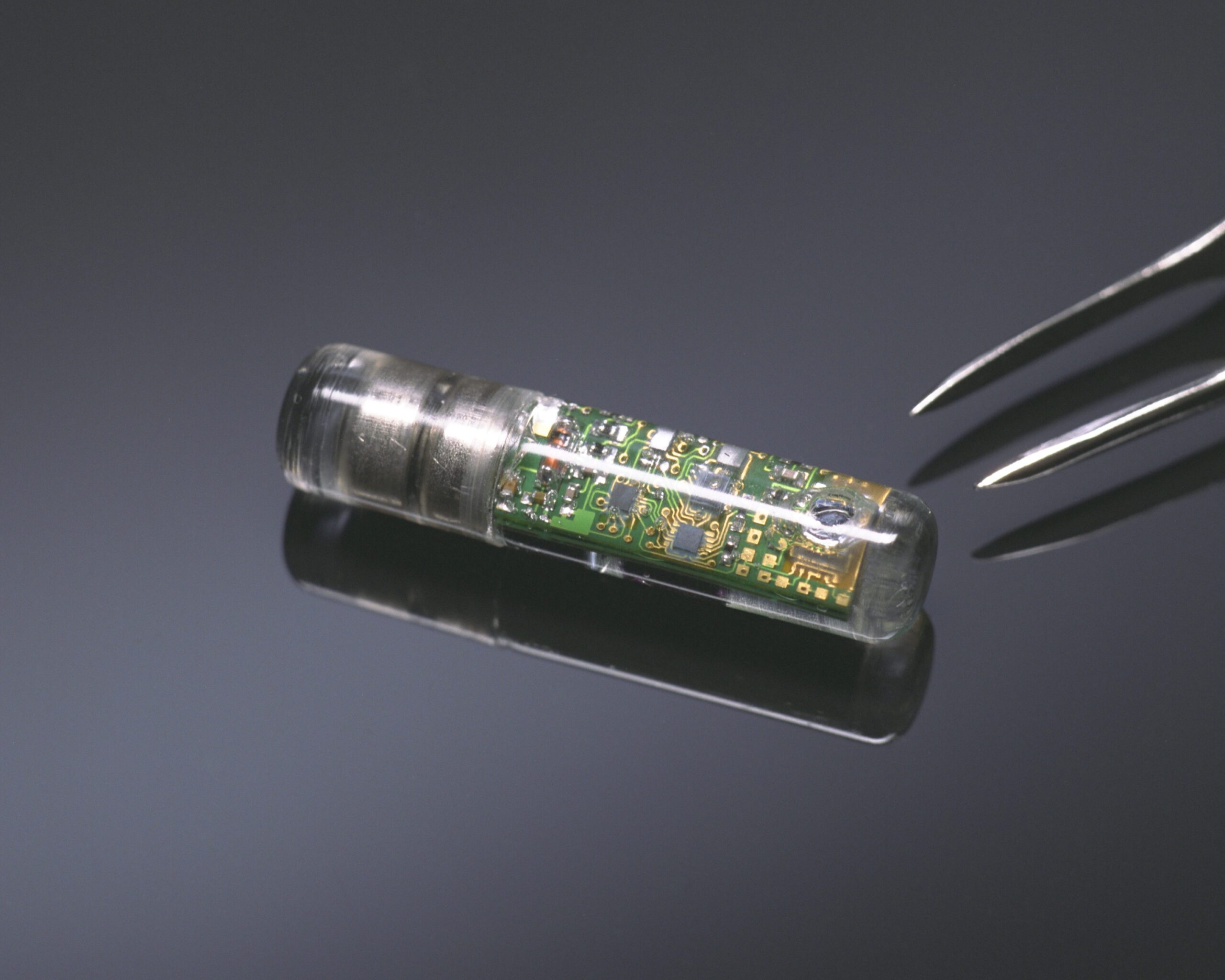
The physiological monitoring instrumentation was developed to transmit astronaut physiological data to ground stations for monitoring and analysis. This family of technologies opened a whole new world of remote biological monitoring on Earth. Patients in locations away from a medical facility or in transit can be monitored and assisted. For example, heart readings can be…
Liquid-Cooled Garments
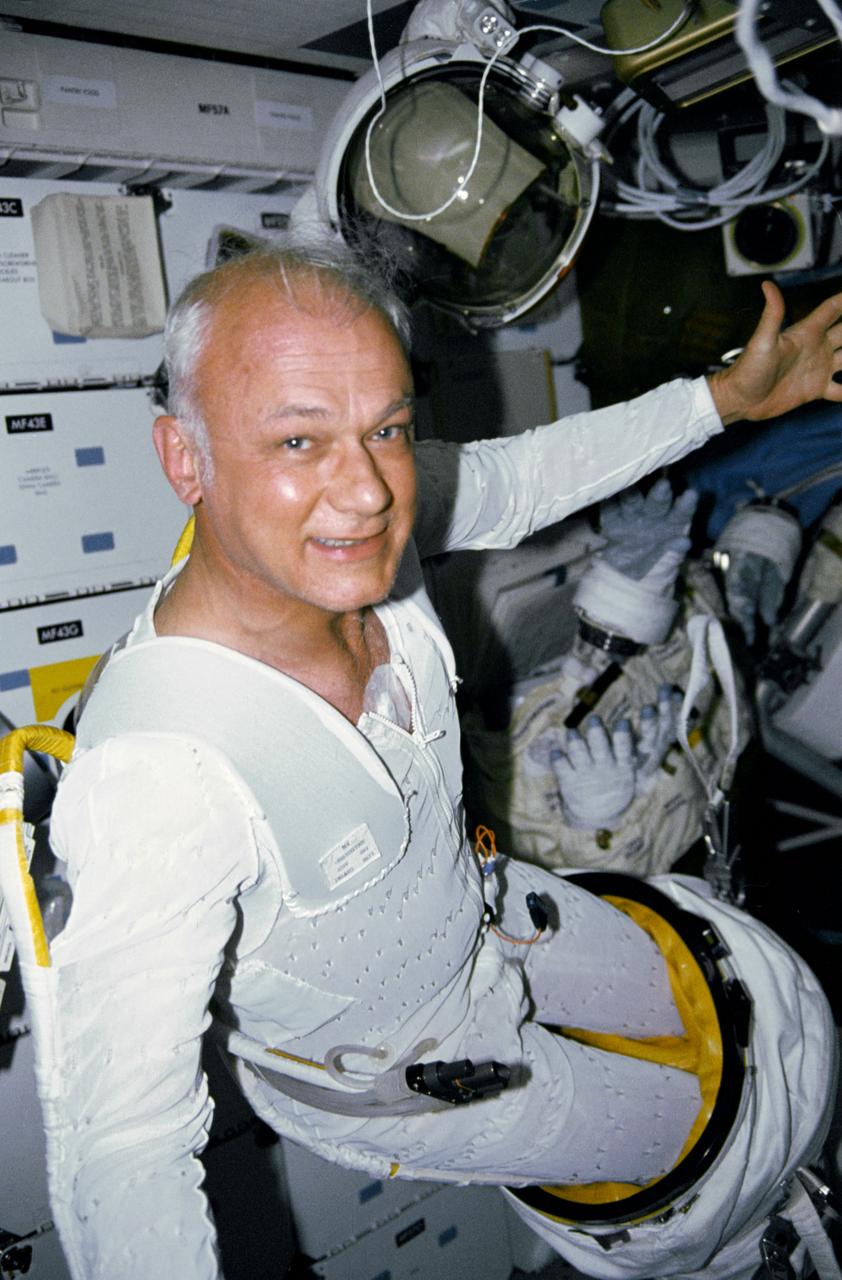
The liquid-cooled garment was developed to protect the Apollo astronauts from the high temperatures on the moon. The garment successfully maintained the astronauts – body temperatures at a comfortable level by utilizing a battery-powered mini-pump to circulate chilled water through a network of tubes in the garment. During the 1970s and 80s, several companies –…
Excimer Laser Angioplasty System
Excimer Laser Angioplasty, utilizing a laser system initially developed for satellite-based atmospheric studies, is now a powerful instrument for treating heart disease. Excimer laser technology was initially pioneered at NASA’s Jet Propulsion Laboratory for remote sensing of the ozone layer. Other laser types are too hot for delicate coronary surgery and could damage tissue, cause…
Digital Image Processing – Medical Applications
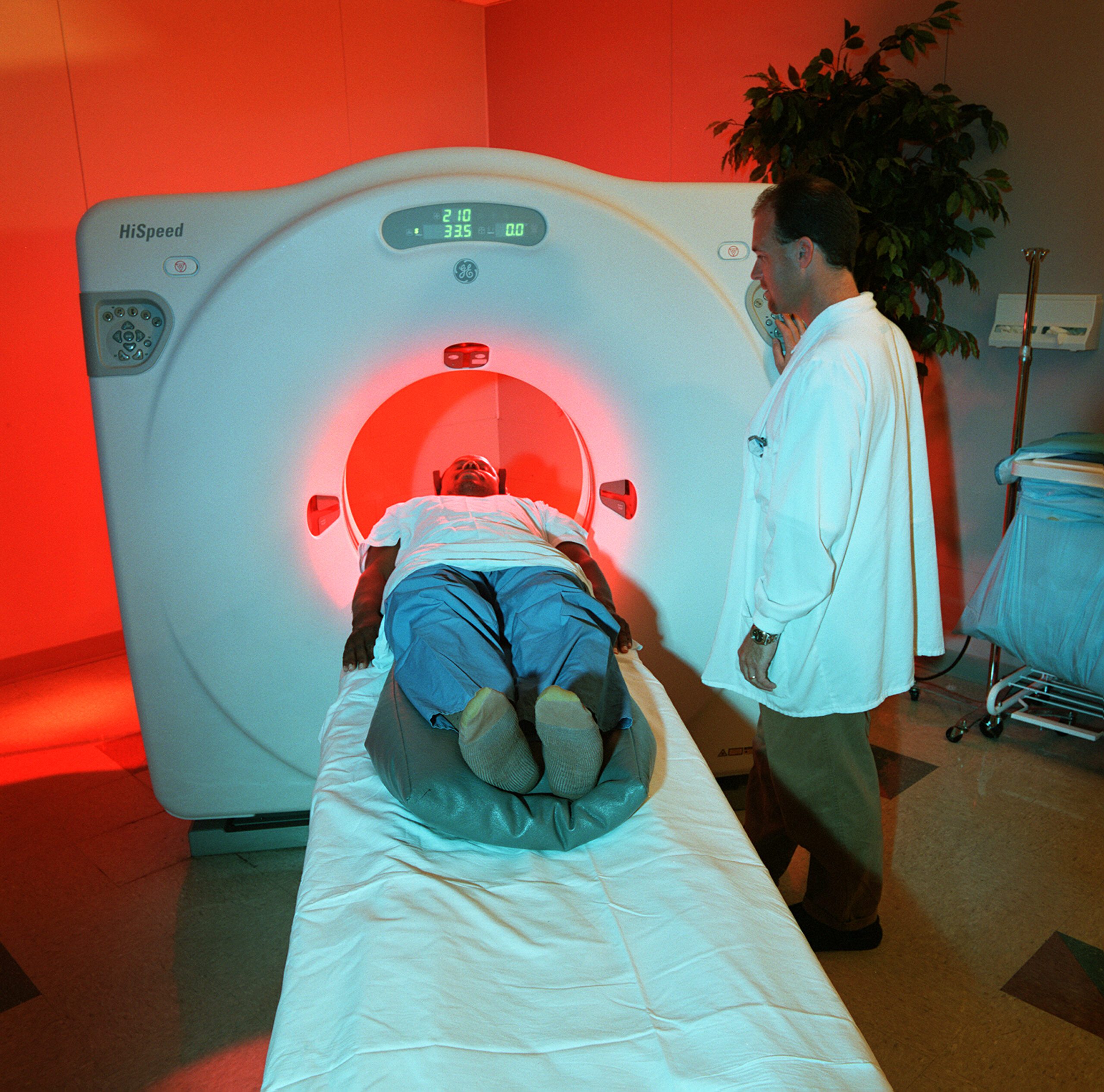
Digital imaging was developed in the mid-1960s to explore the surface of the Earth’s moon. Conventional camera equipment mounted in the unmanned Ranger spacecraft returned distorted, lopsided images from the moon. NASA’s Jet Propulsion Laboratory engineer Dr. Robert Nathan began developing the first operational digital image processing software to address this problem. Digital Imaging –…
Anti-Shock Trousers
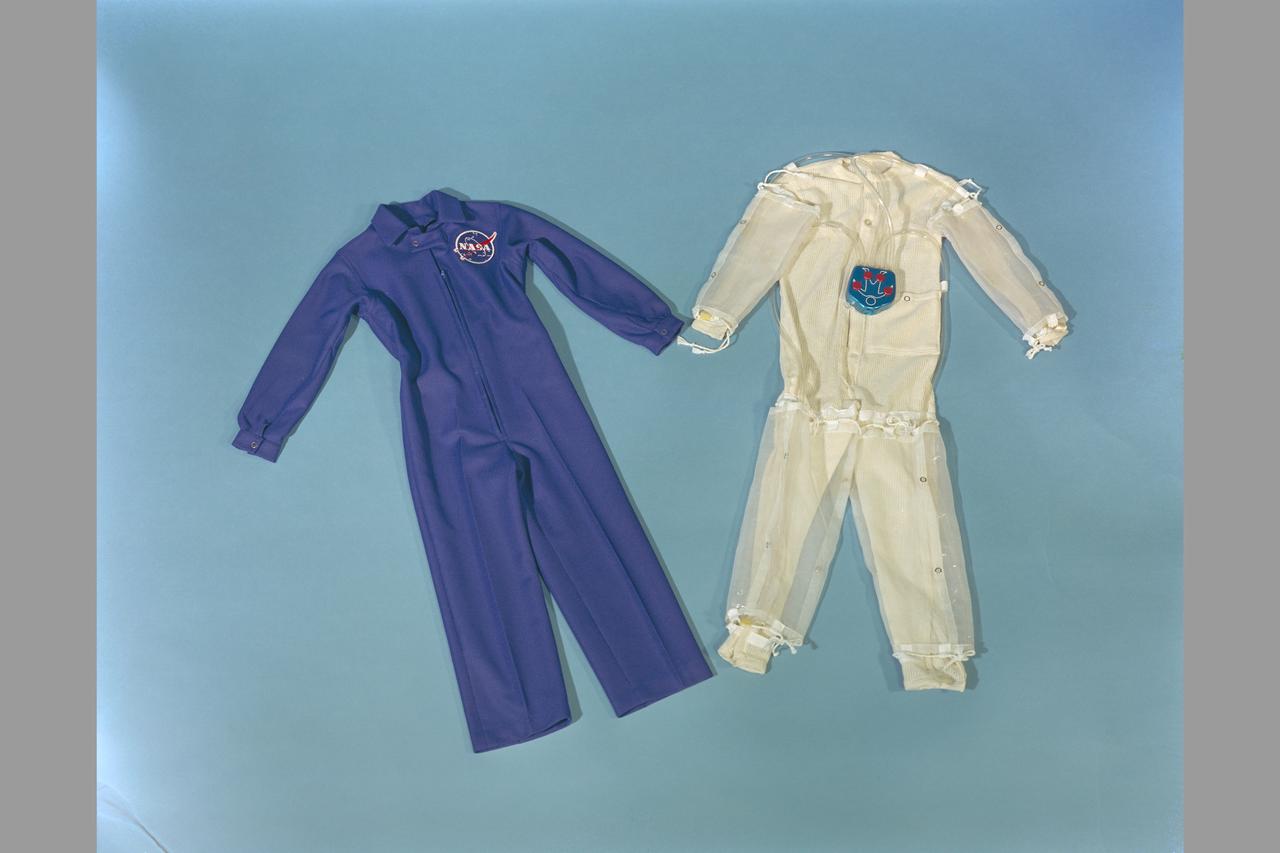
One of the potential hazards confronted by astronauts is the shifting of bodily fluids that occur as a result of changing gravity levels. During the Apollo program, NASA’s Ames Research Center began conducting research on the use of pilot anti-G suits for possible astronaut use. These anti-G suits were developed for pilots of high-performance aircraft…
Stereotactic Breast Biopsy Technology
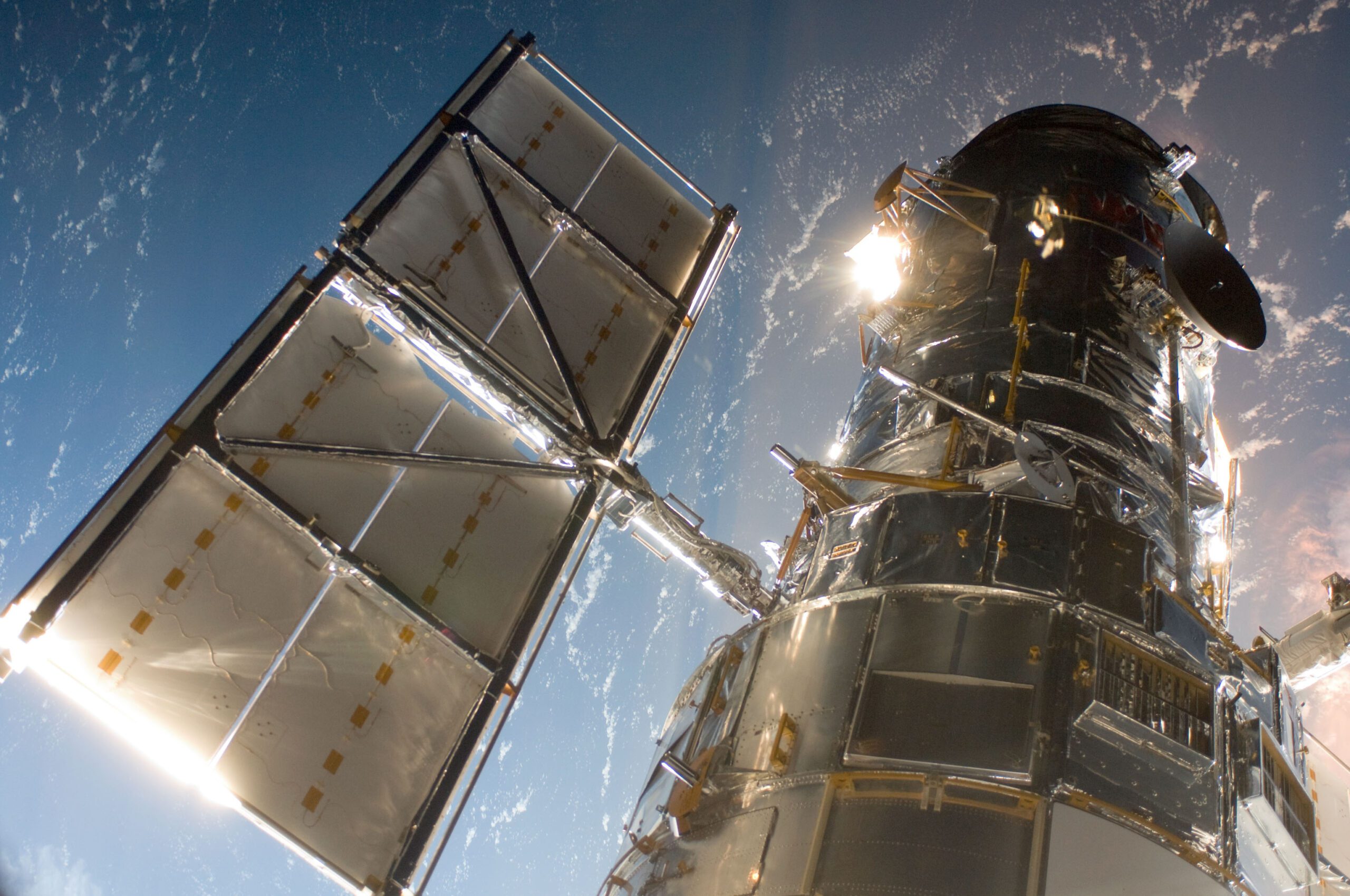
The ability to see faint objects, such as distant galaxies, is a critical element of the Hubble Space Telescope’s mission. NASA researchers found that available technology could not meet Hubble’s stringent requirements. A joint development effort between NASA and Scientific Imaging Technologies, Inc. (SITe) developed a new charged coupled device technology fulfilling the rigorous needs.…
Heart Defibrillator Energy Source
Proper heart rhythms can often be reestablished by the sudden discharge of stored energy in this pulsed-power device which uses a capacitor originally developed for space-based lasers and accelerators. In the mid-1980’s, the Ballistic Missile Defense Organization (BMDO) funded a company now named Maxwell Technologies to develop a high energy-density thin-film capacitor – a device…
